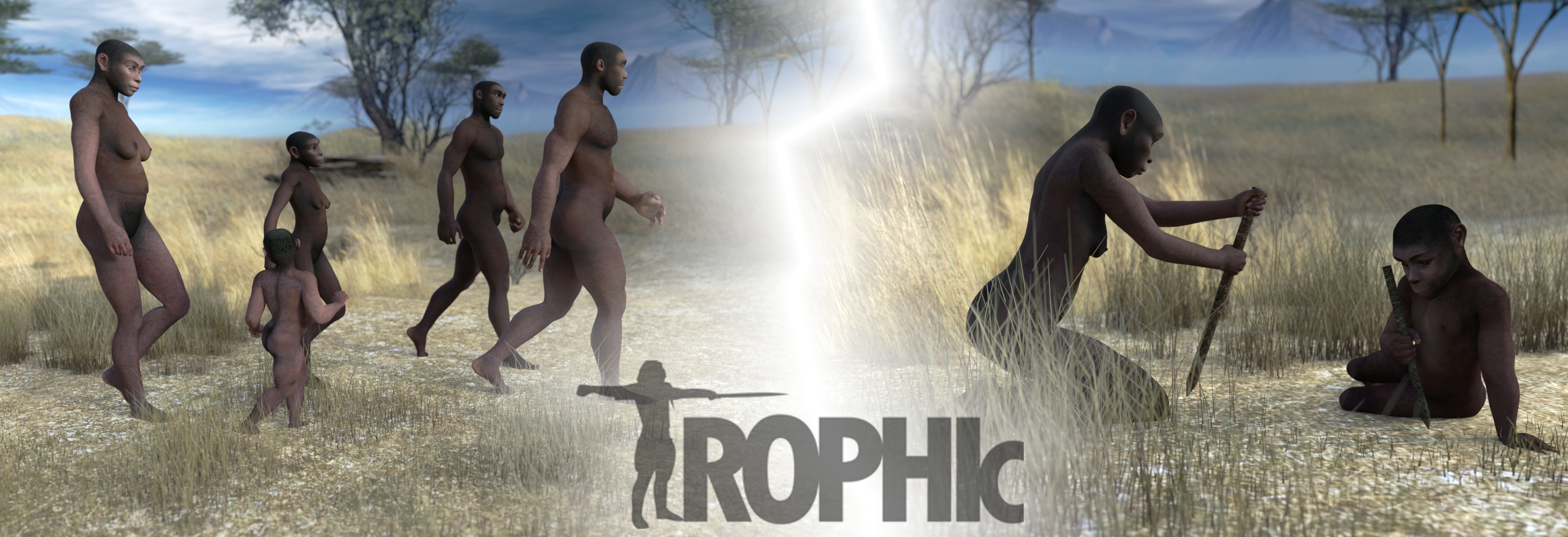Paleophysiology and Ecology of hominins
This line of reserach studies, from an evolutionary point of view, some of the most important physiological processes in the biological history of our species, such as reproduction (pregnancy and lactation), growth, development and metabolism.
Paleoecophysiology conducts evolutionary analyses of human physiological and metabolic processes and daily activities which affect the size and architecture of the body. During the Pleistocene, physiological mechanisms would also have been constrained by ecological factors such as the resources available in ecosystems and the food chain.
As part of the project TROPHIc (MICINN- PID2019-105101GB-I00), dedicated to investigating the trophic ecology of human populations in the Iberian Pleistocene, and subject to the postulates of Human Behavioral Ecology (HBE), a number of energy efficiency studies in Paleolithic hunter-gatherers have been devised. The results of these are incorporated into energy optimization models that define human behavioral strategies under specific environmental conditions, and within the constraints imposed by their own physiological and anatomical limitations.
Two new experimental energy studies with children and adolescents aged 7 to 14 have been published, in one of which they carried out tasks of digging and extracting underground resources, (Human Nature, https://doi.org/10.1007/s12110-022-09428-w), and in the other, they walked at different speeds, to determine the optimal pace for these cohorts (American Journal of Biological Anthropology, https://doi.org/10.1002/ajpa.24562).
Another analysis reviews the Free-Ride phenomenon, about carrying loads without excessive energy costs (American Journal of Human Biology, https://doi.org/10.1002/ajhb.23794). At TROPHIc, we observe the FAIR principles relating to the handling of data and resources, as well as open publication of the results. In fact, several members of the project have created open datasets.


